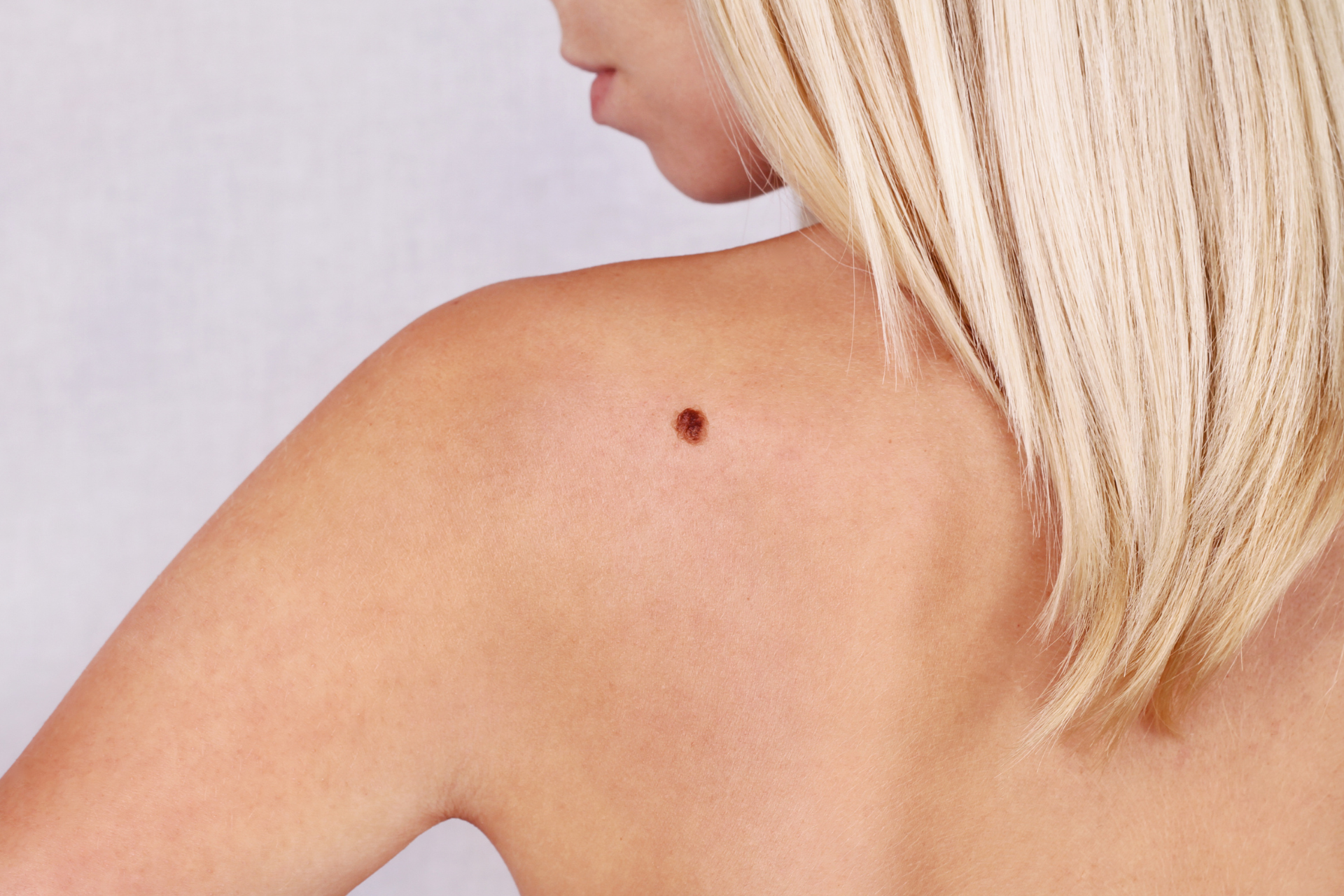Understanding the different types of moles and when to be concerned

At Fall Creek Skin and Health Clinic, we prioritize your health by providing essential information to help you make informed decisions about your skin. Moles, also known as nevi, are common skin growths that can vary in shape, size, and color. While most moles are harmless, it's essential to understand the different types and recognize when you might need to seek medical advice.
Types of Moles
1. Common Moles (Congenital Nevi)
These are the typical moles that most people have. They usually appear as small, tan, brown, or black spots and are typically round or oval-shaped. Common moles can develop anywhere on the body and generally do not change significantly over time.
2. Atypical Moles (Dysplastic Nevi)
Atypical moles have an irregular shape and color. They may be larger than common moles, have uneven borders, and feature multiple colors—including tan, brown, and pink. Individuals with one or more atypical moles are at a higher risk of developing skin cancer, particularly melanoma, so monitoring these moles is crucial.
3. Moles Due to Sun Exposure
These moles often develop as a result of ultraviolet (UV) exposure from the sun or tanning beds. They may appear as flat or raised spots, frequently changing in color and size. It's essential to regularly examine these because they can be indicative of photodamage and an increased risk of skin cancer.
4. Aging Moles (Lentigines)
Commonly referred to as age spots, these moles usually appear after years of sun exposure and generally occur in older adults. They are often flat and brown. While these spots are generally harmless, it's still a good idea to have them checked, especially if they change in size or color.
When to Be Concerned
It's important to monitor moles for any changes. Here are some characteristics to watch out for, often summarized by the ABCDE rule:
- Asymmetry
If one half of the mole does not match the other, it could be a sign of concern.
- Border
Irregular, ragged, or blurred edges are cause for concern.
- Color
Multiple colors (brown, black, tan, red, white, or blue) within a single mole may indicate a problem.
- Diameter
Moles larger than 6mm (about the size of a pencil eraser) should be evaluated.
- Evolving
If a mole changes in size, shape, or color over time, it is essential to seek medical advice.
Conclusion
Most moles are benign and do not require treatment. However, at Fall Creek Skin and Health Clinic, we stress the importance of regular skin checks, especially if you notice any changes to your moles. Early detection is key in addressing potential skin issues, including skin cancer, effectively.
If you're concerned about a mole, don't hesitate to schedule an appointment with us. Our experienced healthcare professionals are here to ensure your skin health is a priority, guiding you through any issues with sensitivity and care. Remember, your skin is a reflection of your overall health, and we're committed to helping you maintain it!




